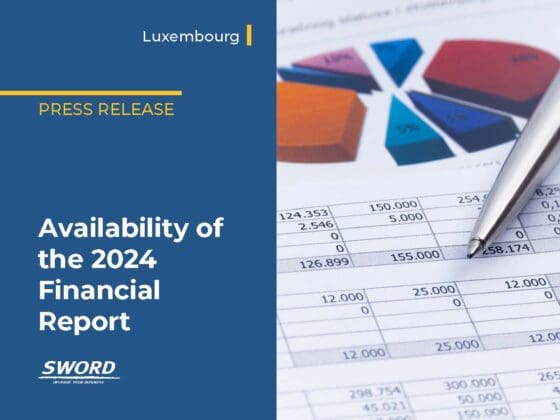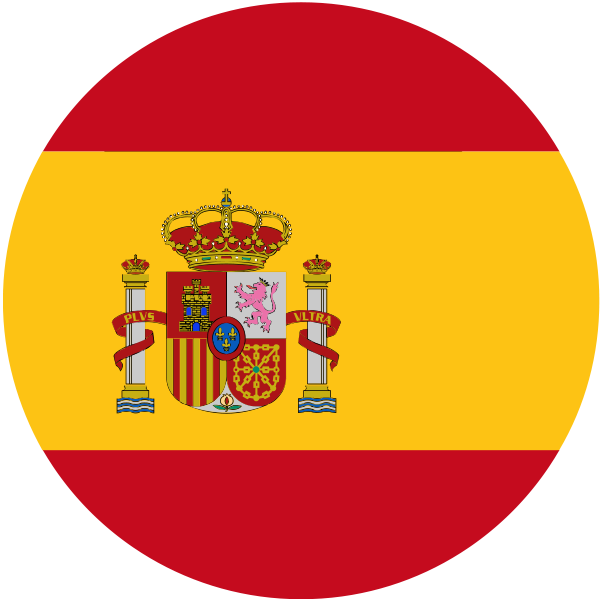Article | Spotlight on MigraPath
Sword Spotlight: MigraPath
We talked to the brains behind MigraPath, Paul Newey and Tracy Beglin, about the evolution of their solution. Here they explain how MigraPath helps organisations to harness the value from their information and records.
What problems do you solve with MigraPath?
Organisations are increasingly dealing with large quantities of untapped, unstructured data, which can be misaligned with business processes. This often causes disruption across the entire business and can manifest itself in a myriad of different ways, such as a lack of trust in data or misleading insights.
In essence, we leverage the value of organisations’ information and records with MigraPath. We apply a data-driven methodology to enable enterprise-wide clarity, facilitate rationalisation, reduce time to insight, and support informed decision making.
Tell us about the four stages of MigraPath that turn an organisation’s unstructured data into actionable information?
Step 1 is a discovery phase, where we analyse your unstructured estate. In step 2, we rationalise this by identifying and streamlining your data. In step 3, we harvest value by classifying and tagging your data to extract information. In step 4, we migrate, by visualising, planning and transferring information to a place you can manage your information using modern tools and insight models.
Which stage of the MigraPath solution makes the biggest impact on your clients?
It’s a difficult question to answer as each stage brings benefits, which is itself the beauty of a modular approach, as value is realised from the outset. That said, so often at the start of the discovery phase there is a lack of clarity on what information an organisation has, who exactly it belongs to, and what state it is in. Even applying simple visualisation to represent the current state can be incredibly insightful, especially when combined with highlighting easily achievable early gains.
Can you share an example with us where you used MigraPath to help a customer improve operational efficiencies in their business?
We tackled a global oil and gas operator’s inherited information estate, arisen from various business acquisitions, which was a mix of live and outdated information totalling over 320TB and 25 million+ files. Over 4.8 million duplicate, ROT, Archive and PII files were removed, significantly reducing the time to locate and find the right information. Combined with many other resulting benefits, we enabled informed business decisions that helped our client to make the most of their acquisitions and increase operational efficiencies.
How did MigraPath evolve into the solution we know today?
Over a decade ago, we created a solution to help a client overcome the issue of finding their data and information management too onerous. We came up with a way to shorten the time traditionally taken to find useful information from data using long manual processes by developing tailor-made tools, technology, and a fresh approach to restructuring files. Technology has advanced and evolved over the years since its inception, but MigraPath in its current incarnation continues to bring a fresh approach to making sense of client organisations’ data and information.
What common misconceptions do you face when introducing MigraPath?
MigraPath is a combination of skills, experience, and technology that we use flexibly and interchangeably to solve information problems. Contrary to preconceptions, it is not a single system or software product. Instead, we utilise the most appropriate, accessible, and sustainable tools to apply technology to help solve complex, enterprise-wide data problems.
What problems do you foresee MigraPath being able to solve in the future?
Organisations who stand to gain most value from MigraPath are those where business activity triggers changing landscapes that require value to be extracted from newly acquired data and information. In Energy, where acquisitions and divestment of trading assets are common, MigraPath can unlock enormous value. Similarly, not just in the Energy sector but across all large organisations in the private and public sector, mass migrations of moving or combining large datasets are also prime examples of where turning unstructured data into actionable information is worth getting it right with a tried and tested methodology like MigraPath.
For more information on MigraPath please check out this one-page PDF overview here or contact Tracy Beglin tracy.beglin@sword-group.com or Paul Newey paul.newey@sword-group.com



















